International Rose Garden
As you wander around the garden you're drawn through a series of colourful, fragrant spaces, each cleverly revealing a rose collection from a different style of garden.
The overall structure and geometry includes a sunken garden, a circular garden and several pergolas, in perfect visual counterpoint to the adjacent Bicentennial Conservatory.
The garden displays over 2,700 roses and more than 350 rose cultivars, while mixed companion plantings add lots of vivid seasonal colour.
There are areas devoted to Australian bred roses, single roses, heritage roses and pillar roses and much more - find out more about what's displayed here.
As you saunter under a tunnel of climbing rose arches, you will find a beautiful display of roses selected for specific Australian causes (for example, the Leukaemia Foundation).
The garden is also home to the National Rose Trial Garden, which tests roses not yet commercially available in Australia.
The International Rose Garden is a great favourite with national and international rose lovers alike and in November 2022, was recognised with a Garden of Global Excellence award.
View it at its best in October-November when the first flush of the season is in full bloom, and again in April for the autumn flush. Visit any time throughout summer and you will be treated to a beautiful experience too.
You can download the International Rose Garden brochure here.
Did you know?
The Rose Garden Pavilion is an exquisite space that is perfect for weddings and corporate events.
Roses in the International Rose Garden are labeled to identify each specific rose and provide more information.
Large italic text indicates the registered ‘cultivar name’ of the rose in Australia. The code underneath the cultivar name has some capital letters and some lower case letters. The capital letter denotes the breeder’s name, while the lower case letters represent the code given to the cultivar.
Label information on the lower right hand side of the label indicates the rose group this particular rose belongs to. Text in the lower left of each label indicates the year and country the rose cultivar originates from.
The top right hand side of the label may have one, two or three stars. Stars represent the rose’s fragrance: the more stars, the stronger the fragrance.
Volunteers take on many roles in the International Rose Garden. Over the past decade, thousands of volunteer hours have been provided by members of the Rose Society of South Australia.
Removing spent flowers (dead-heading) and pruning of bushes is a mammoth task and the garden’s horticultural staff are grateful to volunteers for their help.
If you would like to volunteer, please get in touch with the Rose Society of South Australia.
From its conception, the International Rose Garden has received significant support and advice from Australian rose experts on plant selection and care.
Several rose nurseries have donated thousands of rose plants. The garden has also greatly benefited from a high-quality mulch, together with the application of both pelletised and liquid fertiliser, generously provided by Neutrog, to ensure the roses receive the necessary nutrients to thrive.
Recently, with support from donors to the Adelaide Botanic Gardens Foundation, new rose varieties, border edging, plant identification labels, interpretive signage, irrigation and a fertigator (used to apply fertiliser) have been installed in the garden.
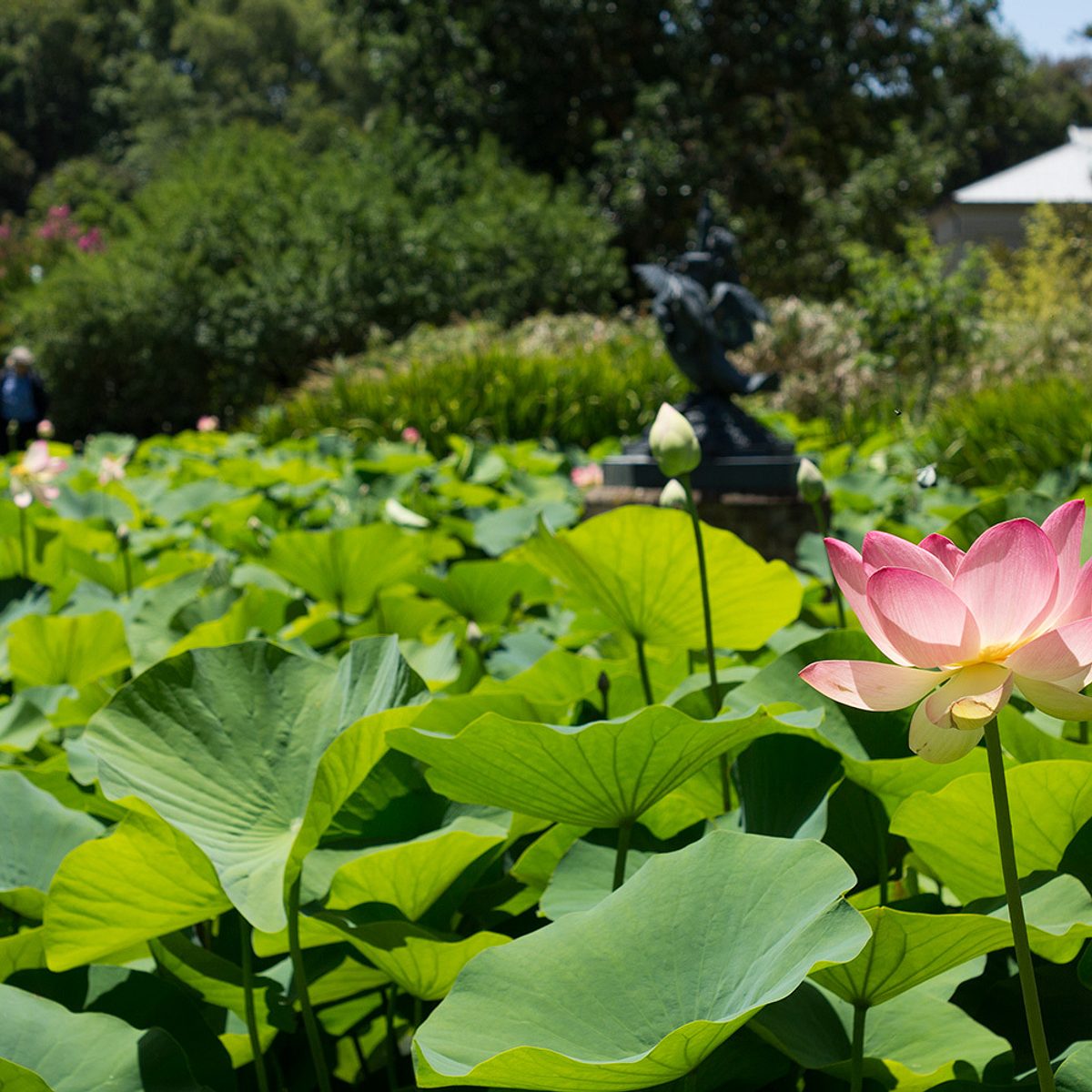
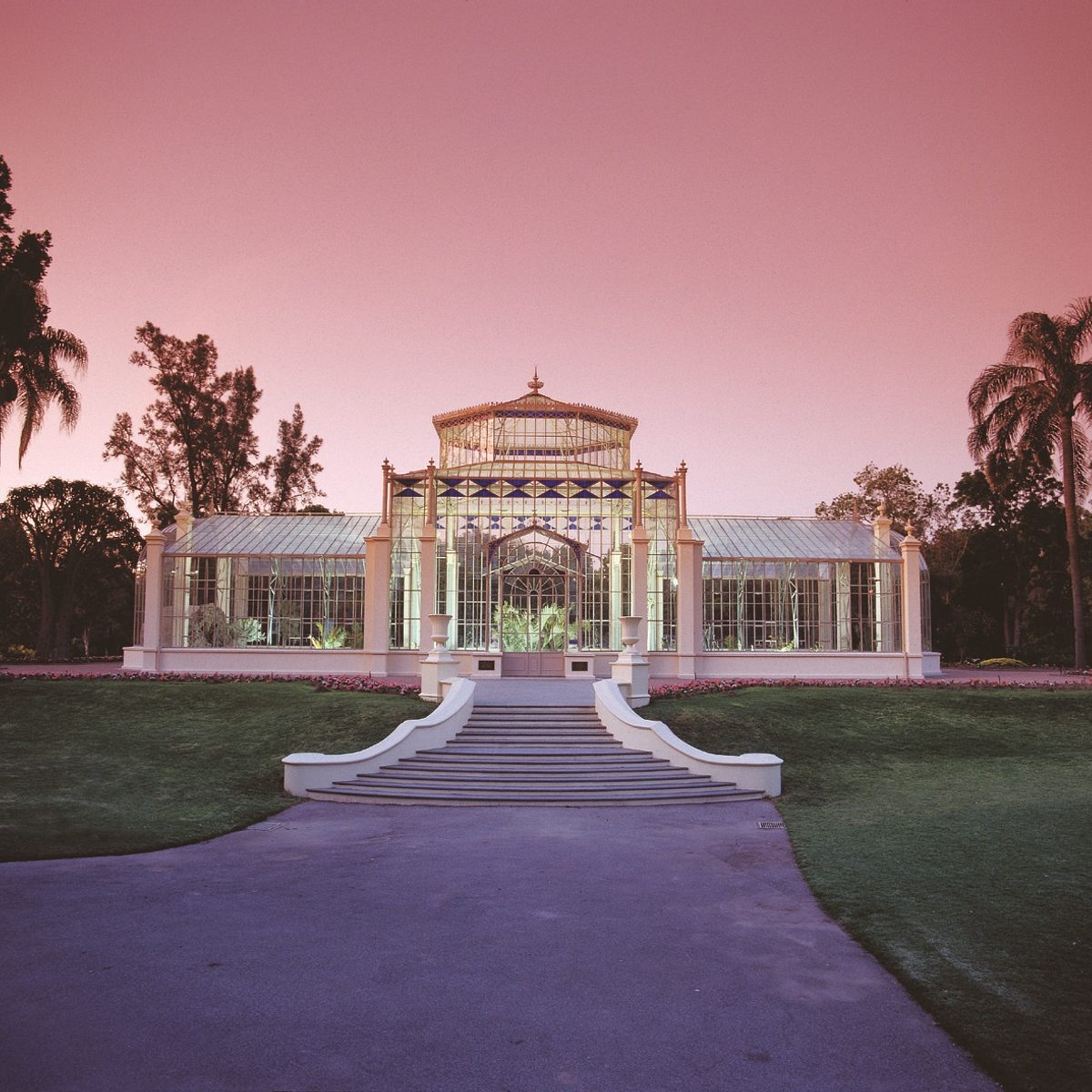
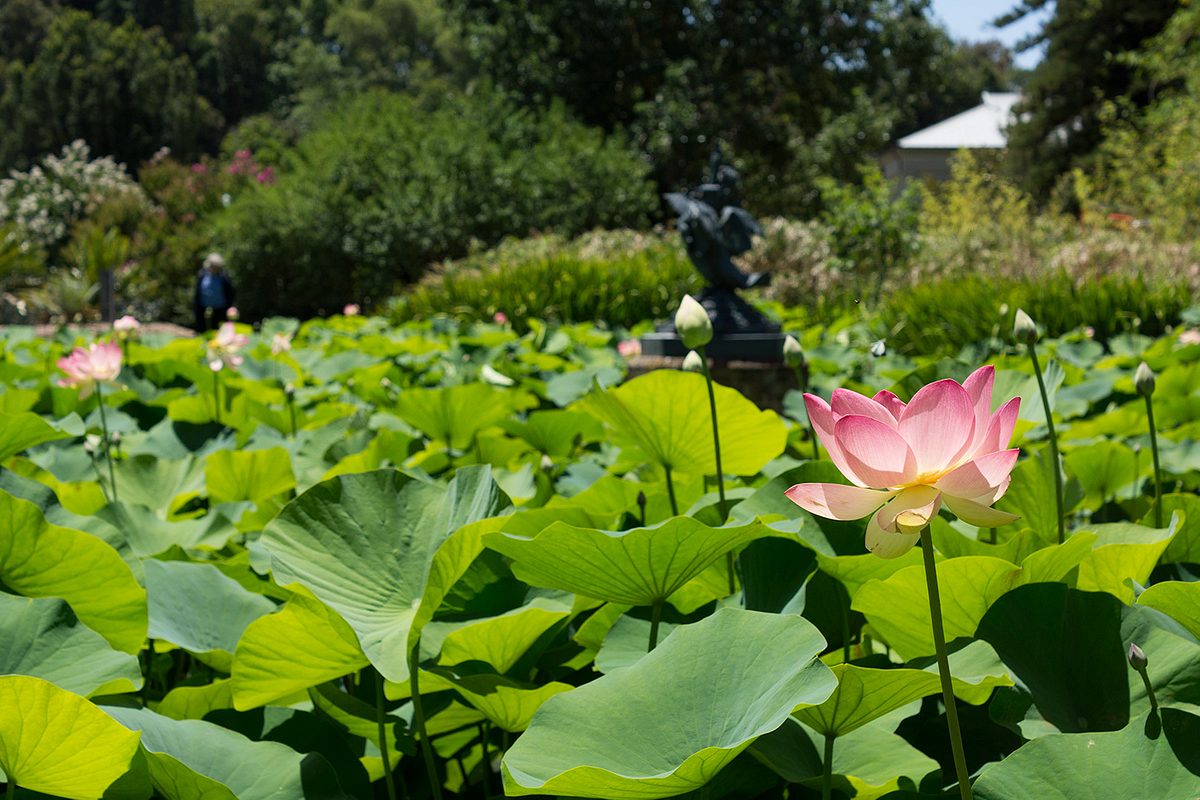
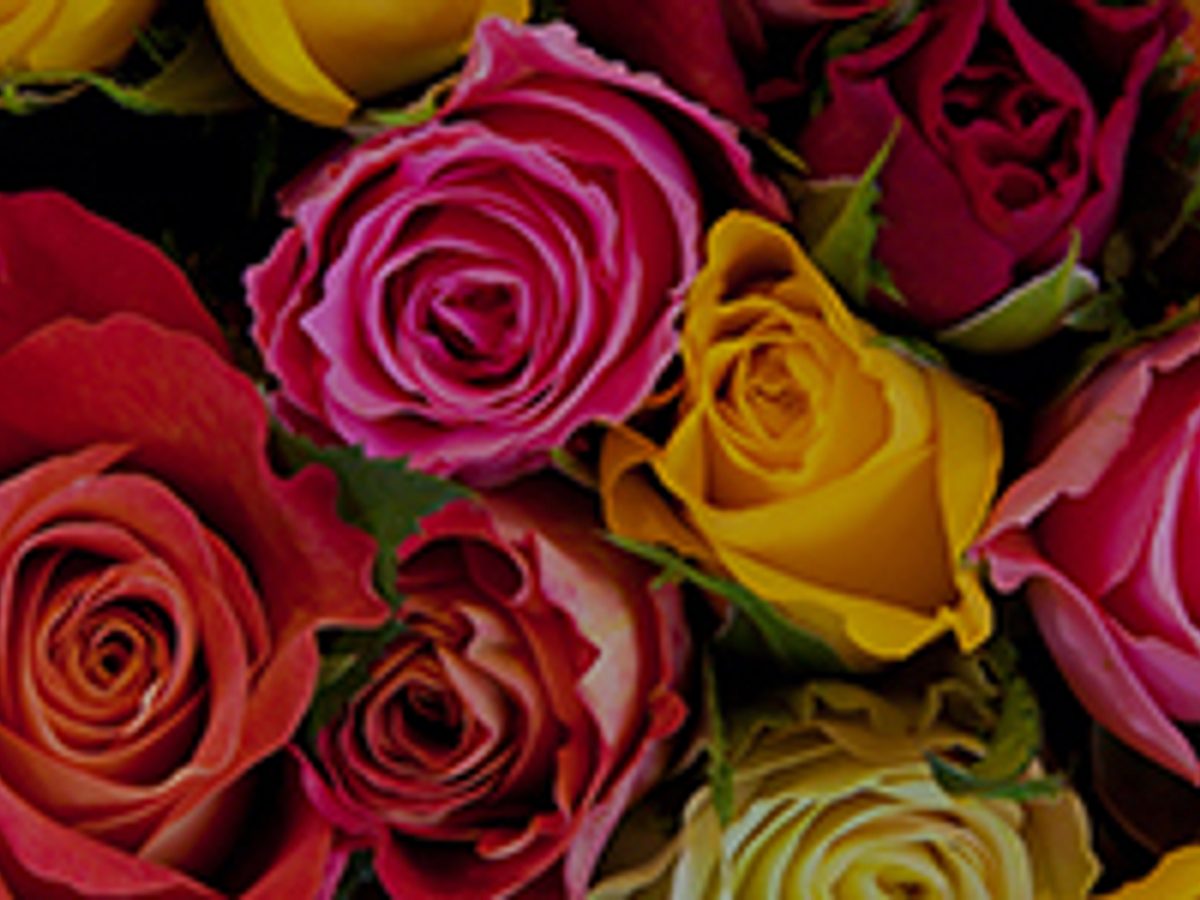
Most roses sold in Australia are raised by rose breeders in the northern hemisphere where the climate is very different to that of Australia.
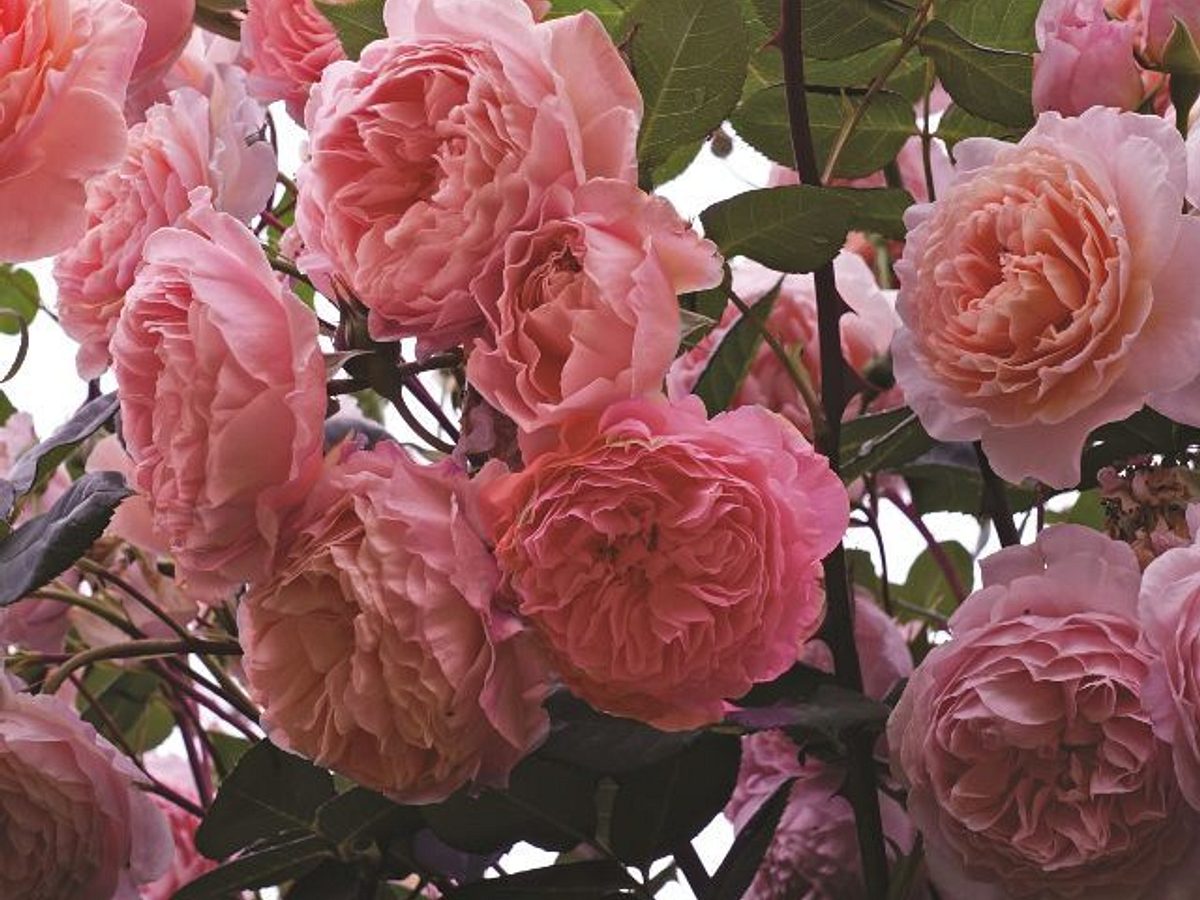
There are many different types of roses in the International Rose Garden.
As you wander around the garden you're drawn through a series of colourful, fragrant spaces, each cleverly revealing a rose collection from a different style of garden.
The overall structure and geometry includes a sunken garden, a circular garden and several pergolas, in perfect visual counterpoint to the adjacent Bicentennial Conservatory.
The garden displays over 2,700 roses and more than 350 rose cultivars, while mixed companion plantings add lots of vivid seasonal colour.
There are areas devoted to Australian bred roses, single roses, heritage roses and pillar roses and much more - find out more about what's displayed here.
As you saunter under a tunnel of climbing rose arches, you will find a beautiful display of roses selected for specific Australian causes (for example, the Leukaemia Foundation).
The garden is also home to the National Rose Trial Garden, which tests roses not yet commercially available in Australia.
The International Rose Garden is a great favourite with national and international rose lovers alike and in November 2022, was recognised with a Garden of Global Excellence award.
View it at its best in October-November when the first flush of the season is in full bloom, and again in April for the autumn flush. Visit any time throughout summer and you will be treated to a beautiful experience too.
You can download the International Rose Garden brochure here.
The Rose Garden Pavilion is an exquisite space that is perfect for weddings and corporate events.
Roses in the International Rose Garden are labeled to identify each specific rose and provide more information.
Large italic text indicates the registered ‘cultivar name’ of the rose in Australia. The code underneath the cultivar name has some capital letters and some lower case letters. The capital letter denotes the breeder’s name, while the lower case letters represent the code given to the cultivar.
Label information on the lower right hand side of the label indicates the rose group this particular rose belongs to. Text in the lower left of each label indicates the year and country the rose cultivar originates from.
The top right hand side of the label may have one, two or three stars. Stars represent the rose’s fragrance: the more stars, the stronger the fragrance.

Volunteers take on many roles in the International Rose Garden. Over the past decade, thousands of volunteer hours have been provided by members of the Rose Society of South Australia.
Removing spent flowers (dead-heading) and pruning of bushes is a mammoth task and the garden’s horticultural staff are grateful to volunteers for their help.
If you would like to volunteer, please get in touch with the Rose Society of South Australia.
From its conception, the International Rose Garden has received significant support and advice from Australian rose experts on plant selection and care.
Several rose nurseries have donated thousands of rose plants. The garden has also greatly benefited from a high-quality mulch, together with the application of both pelletised and liquid fertiliser, generously provided by Neutrog, to ensure the roses receive the necessary nutrients to thrive.
Recently, with support from donors to the Adelaide Botanic Gardens Foundation, new rose varieties, border edging, plant identification labels, interpretive signage, irrigation and a fertigator (used to apply fertiliser) have been installed in the garden.